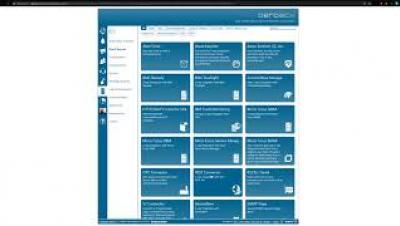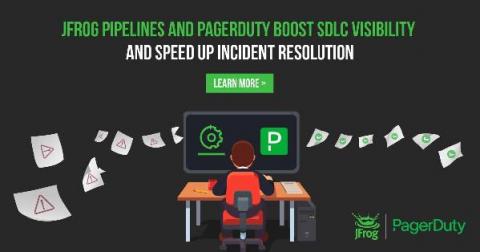Incident Response Alert Routing
You have identified a data breach, now what? Your Incident Response Playbook is up to date. You have drilled for this, you know who the key players on your team are and you have their home phone numbers, mobile phone numbers, and email addresses, so you get to work. It is seven o’clock in the evening so you are sure everyone is available and ready to respond, you begin typing “that” email and making phone calls, one at a time.











